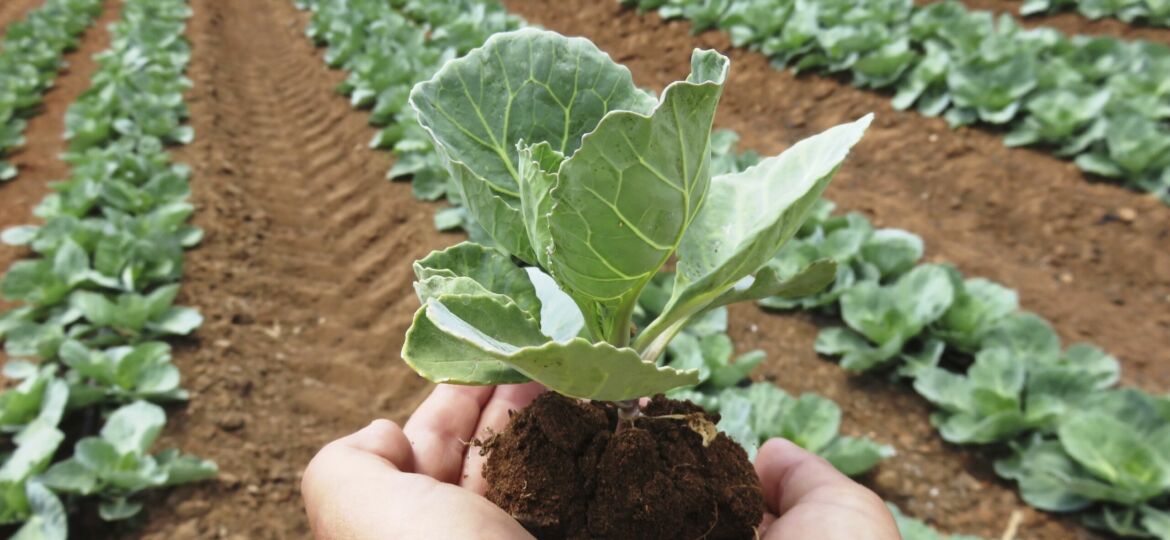
So you want to become an organic farmer?
You’re not alone. In fact, you’re part of a trending practice that’s worth billions of dollars. Analysts have pegged industry growth among organic farms at just over 6%. That may not sound too impressive until you realize that figure represents six times the annual increase of agriculture overall. Going organic can reap some real dividends, and the market just keeps growing.
But before you jump right in and follow the green rush, you should know that organic farms do face significant obstacles. Learning to navigate these effectively just might make the difference between a successful and a struggling operation.
Here are five key challenges for organic farmers, and some key ways to game the system.
- Certification.
To become an organic farmer — and to get credit for being an organic farmer — you’ll have to get certified. That means going through an expensive, rigorous, time-consuming process.
Fear not, though. There are lots of resources available through the USDA to help you plan to navigate certification requirements. There are even a number of tax breaks and financial incentives available to defray costs for obtaining certification. It won’t be easy, but there’s lots of help available if you know where to look for it!
- Pest Control.
Maybe the most dogged challenge confronting the organic farmer is getting pests under control without resorting to synthetic chemicals.
There is a growing body of research to help organic ag producers defend their operations against pesky weeds, insects, and animals. Integrated Pest Management, a pest control method that relies minimally on chemicals, has gained currency in circles far beyond organic growers, for instance. It’s possible to grow healthy crops without needing to spray herbicides.
Rest assured you’re making the right decision for consumers and for the environment. Reducing dependence on chemical controls makes for less pollution and fewer ecological consequences.
- Productivity Challenges.
The conventional wisdom holds that farmers have to make a binary choice between sustainability and productivity. Choose conventional farming, and you’ll generate more volume and probably more revenue, but damage the environment. Elect organic, and you can feel good about being green, but don’t expect as many greenbacks (money!) because your yield will decline.
Increasingly, though, that’s not necessarily true. Advances in technology and technique have closed the productivity gap significantly. This is especially so in greenhouse and hydroponic organic operations, where environmental control and year-long growing helps level the playing field.
- Finding Outlets.
Once you grow organic produce, you have to find buyers (unless you’re really, really hungry).
In the past, that could be tricky. But these days, there are many more options than traditional co-ops and healthy food outlets. From CSAs to mainstream stores’ organic sections, an enterprising organic grower can find places to sell what he or she grows. Demand for organic has increased over the years, and customers are more willing to pay for premium quality than ever before.
- Sustainability? Yes, sustainability.
It might surprise some, but sustainability can be a challenge for some parts of organic growing. For instance, organic growers have long used “plastic mulch” to retain moisture and control weed infestations. This isn’t exactly good for the environment, yet quality biodegradable options haven’t yet mustered support among certification groups. These and other sustainability challenges will continue to loom large as organic farmers and researchers make their way into a bright, but challenging, future.

